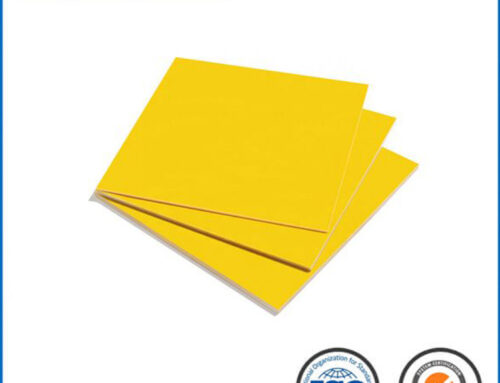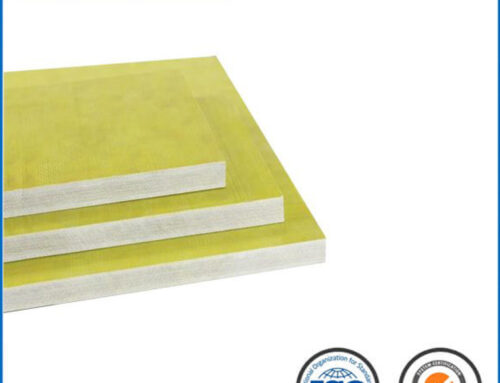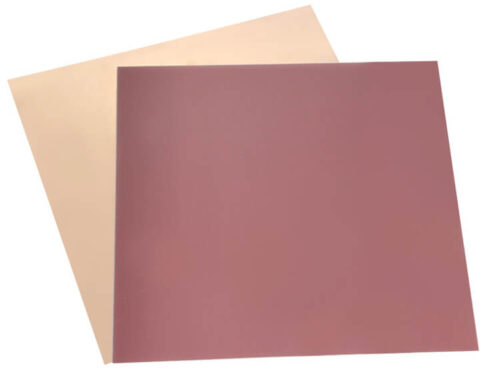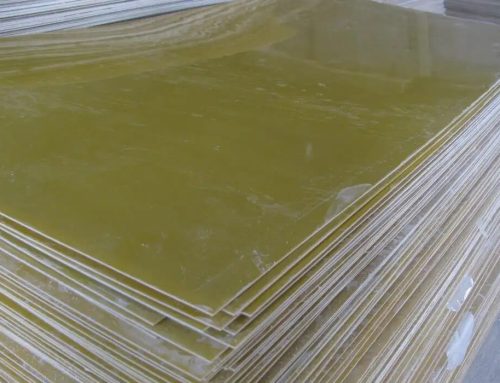Epoxy resin is a kind of epoxy oligomer, which can form a three-dimensional network of thermosetting plastics when reacted with a hardener. Because of its strong adhesion, convenient curing, low shrinkage, good acid and alkali resistance, and excellent mechanical properties, it is widely used. However, epoxy products are prone to yellowing, poor weather resistance and toughness, which affect their own development.
This article focuses on the problem of epoxy AB glue yellowing to discuss the causes and solutions.
To solve the yellowing problem of epoxy AB glue, we first look at the composition of epoxy glue. Usually epoxy AB glue is composed of amine curing agent (polyetheramine, modified amine, aromatic amine, etc.), epoxy resin (mainly bisphenol A), accelerator, diluent, filler and other additives.
The main factor of yellowing should be caused by amine curing agent, accelerator nonylphenol (NP) and bisphenol A resin.
1.Amine curing agent will not cause yellowing when curing at room temperature. However, when we cap PPGS or PEG with diamine or triamine group, if there are certain problems in the process, or the operation is slightly negligent, the graft will be formed. Incomplete, or the free amine removal is not clean, it will produce free amine polymerized directly with epoxy resin.
In this way, not only will the reaction and polymerization be incomplete, the internal stress will not be easily released, but also the local area of the rubber surface will increase in temperature, which will directly lead to accelerated yellowing of the jewelry. The more free amines, the more severe the yellowing.
2.We have analyzed the causes of yellowing caused by amine curing agents above, but the conclusion drawn from practice is that the yellowing causes of nonylphenol are generally more serious than other factors.
Tertiary amine accelerators and nonylphenol accelerators will quickly turn into yellow or red under heat, sunlight or UV light. This is because the energy of ultraviolet light is particularly strong, and the energy of ultraviolet light is extremely high enough to destroy nonylphenol. The bond energies of the C=C and C=O chemical bonds in the product lead to the severe decomposition of nonylphenol. The appearance is yellowing.
In addition, the residue of nonylphenol is also an important factor for product discoloration. Alkylphenols are converted well, completely, and the yellowing is a little better, and the yellowing is much worse when the conversion is poor.
3.The bisphenol A structure of aromatic epoxy resins is easily oxidized to produce carbonyl compounds, which are colored in most cases.
4.Finally, the residual impurities and metal catalysts in the system will induce some side reactions, and some of the products of these side reactions have their own colors.
There are roughly two solutions:
- Use better curing agent, accelerator and epoxy resin.
- Add necessary antioxidants, UV absorbers and other additives to delay the yellowing time of the product.
We mentioned above that the curing agent of epoxy jewelry glue AB glue is basically modified polyetheramine. The cause of yellowing is mainly concentrated in polyetheramine produced by different companies. Due to problems such as technology and cost, it is produced. The quality of the curing agent is uneven, resulting in a large difference in the quality of the cured epoxy adhesive.
For the dilution accelerator nonylphenol, the yellowing of nonylphenol can be effectively inhibited by refining and modification. When choosing nonylphenol accelerators, try to avoid those containing phenyl and phenolic hydroxyl groups, and use fatty amines and other easy-yellowing varieties. However, the reasons for the yellowing of jewelry are very complicated. In addition to the selection of better quality polyetheramine and nonylphenol, there is also the selection of better epoxy resin and reactive diluent. Active diluents are also very particular. Generally, products with poor refractive index will affect the transparency of the glue. The active diluent containing phenol is absolutely not to be used, and it is also a taboo for anti-yellowing products of epoxy jewelry adhesives.
In addition to selecting good raw materials, it is also possible to delay the occurrence of yellowing by adding weathering additives.
Antioxidants and UV absorbers can effectively prevent and delay yellowing. However, there are many kinds of antioxidants, and it takes a certain amount of technology and experience to select suitable products.
Usually antioxidants mainly capture peroxide free radicals and decompose hydroperoxides. In general, according to the production process of each manufacturer, raw materials, solvents, additives, fillers, which stage of yellowing, and the degree of yellowing are different, it is recommended to use different antioxidants.
The important culprit for the oxidative yellowing of the epoxy system is ultraviolet rays, which are mainly from sunlight. Therefore, especially for customers whose products need to be used outdoors, we will recommend adding a certain amount of UV absorbers to the products, which can effectively absorb UV rays and delay yellowing.
Moreover, the use of ultraviolet rays and antioxidants together can play a synergistic effect, and the effect of 1 plus 1 is greater than 2.
Of course, the use of antioxidants and UV absorbers cannot fundamentally solve the problem of yellowing. However, within a certain range and within a certain period of time, it can still effectively prevent the product from oxidative yellowing, keep the water color of the product transparent, and improve the grade of the product.
The reasons for the yellowing of epoxy jewelry glue are many and complex, but not completely inevitable. As long as we carefully select and pay attention to details when ingredients, even if it cannot remain unchanged for a long time, it is still feasible to delay yellowing for a long time.





